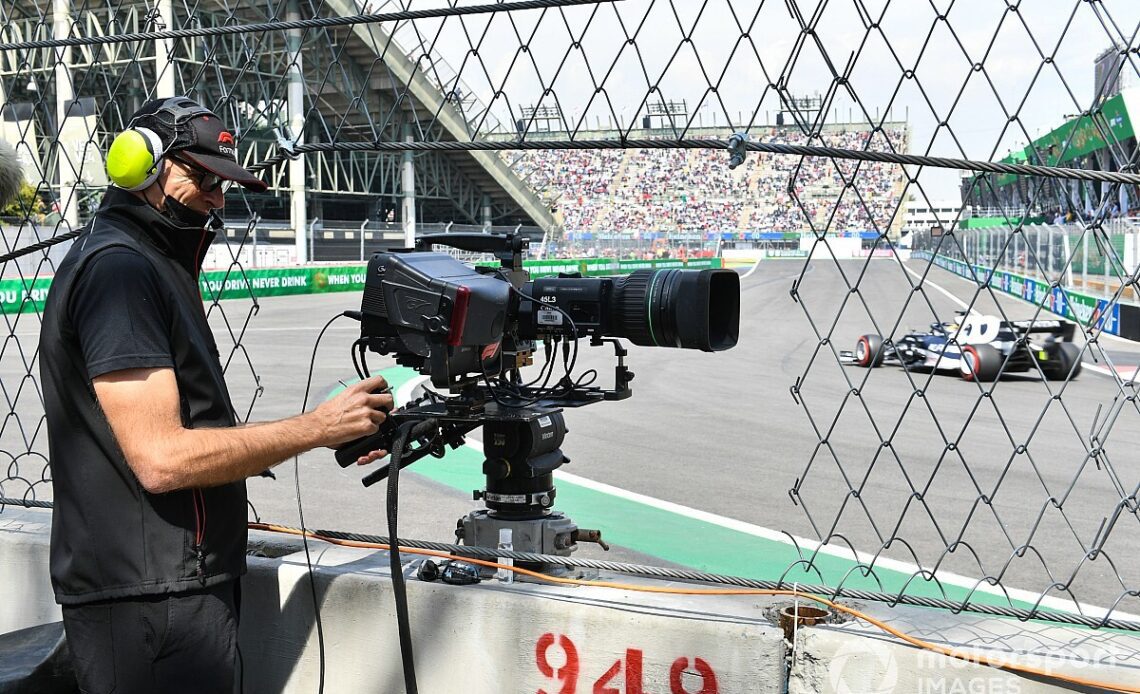But what many don’t realise is that before these images reach us, they have travelled many thousands of miles in a near instant. And this involves quite a bit of technology.
Television production of a Formula 1 race is a huge undertaking. For each grand prix event, there are 90 cameras and 147 microphones installed, plus around 80 kilometres of cable have to be laid.
In the past, everything was produced on location at the F1 Broadcast Centre, after which the world feed was provided to the broadcasters. Individual rights holders then added their own commentary to the international feed, and forwarded the images to the viewers at home.
Since 2020, however, and earlier than planned due to the COVID-19 enforced pandemic, footage from all the cameras at the track has been directly sent to Biggin Hill in England, where TV production takes place at Formula 1’s Remote Operations Centre. It is from here, rather than the track, that the international feed is delivered to the broadcasters.
The fact that production now takes place in England has several major advantages. Firstly, 36% fewer people are needed at the track for production purposes. Secondly, they have been able to replace the bulky F1 Broadcast Centre with an Event Technical Centre, which is about half the size. It means 70 tonnes less freight needs to be transported to each race. This is a reduction of 34%, which is a significant contribution to F1’s goal of hitting net zero carbon by 2030. In addition, it also saves a lot of time as there is no need to construct and deconstruct a huge and complex control room at each venue.
But sending more than 100 video feeds and 250 audio feeds from the track to England is no mean feat. This is why F1 turned to Tata Communications, the championship’s official broadcast connectivity provider, to help ensure things run without a hitch.
Dhaval Ponda, Global Head and General Manager Media & Entertainment Business at Tata Communications, told Motorsport.com that there were some hidden challenges involved in making the remote operations work properly.
“We’ve been working with Formula 1 technology teams over a period of time, to ensure that if an event is taking places thousands of miles away, the raw video footage is going from the track to London in a matter of milliseconds – in fact under two hundred milliseconds,” he said. “Then production is taking place and, from there, it is being distributed to hundreds of millions of…
Click Here to Read the Full Original Article at Motorsport.com – Formula 1 – Stories…

